<< Previous | Displaying results 3451-3500 of 6769 for "" | Next >>
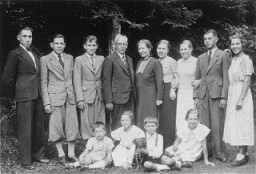
Learn more about the fate of Jewish prisoners that were deported to Theresienstadt from places other than the Greater German Reich or the Protectorate.
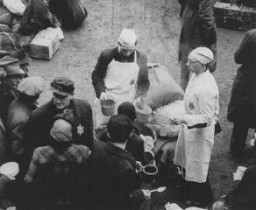
The Theresienstadt camp-ghetto existed from 1941 to 1945. Learn about its final weeks, liberation, and the postwar trials of SS commandants and other staff.
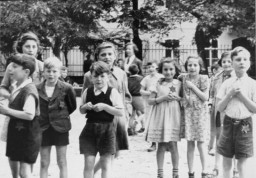
Learn about the establishment of the Theresienstadt camp/ghetto, which served multiple purposes from 1941-45 and had an important propaganda function for the Germans.
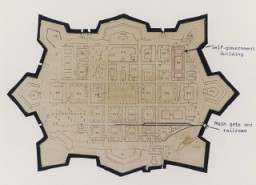
Learn about the role of Theresienstadt in the deportation of German and Austrian Jews to killing sites and killing centers in the east.

Explore a timeline of the history of the Bergen-Belsen camp in the Nazi camp system. Initially a POW camp, it became a concentration camp in 1943.
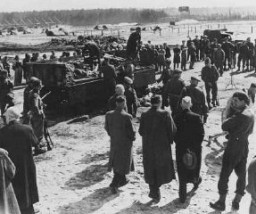
From 1940 to 1944, Le Chambon-sur-Lignon and neighboring villages provided shelter to some 5,000 people, among them Jews fleeing persecution.
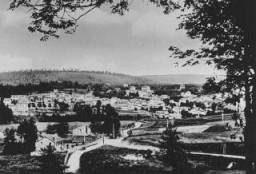
In Nazi Germany, a chief role of culture was to disseminate the Nazi worldview. Arts and cultural organizations were to be synchronized with Nazi ideology and policy.
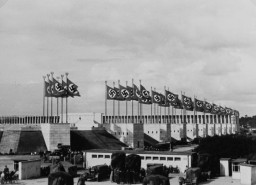
Erich Maria Remarque wrote the classic novel “All Quiet on the Western Front,” which became a Hollywood film. His works were burned under the Nazi regime in 1933.
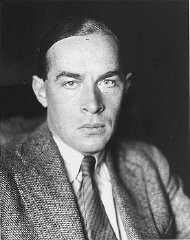
Under the protection of the Bielski partisan group, founded by brothers Tuvia, Asael, and Zus, over 1,200 Jews survived after fleeing into forests in western Belarus.
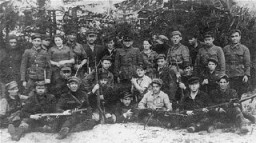
Read a detailed timeline of the Holocaust and World War II. Learn about key dates and events from 1933-45 as Nazi antisemitic policies became more radical.
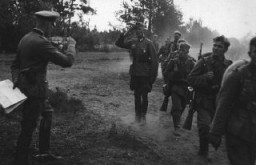
After rising to power, the Nazis eliminated freedom of the press in Germany. Learn more about how they established control over the press and manipulated it.
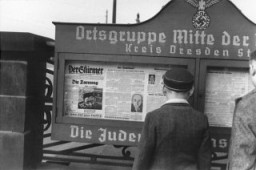
The Nazis and their coalition partners used the burning of the Reichstag on February 27, 1933, as the pretext for emergency legislation that ultimately paved the way for Nazi dictatorship.
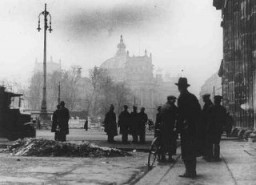
Hajj Amin al-Husayni, former Mufti of Jerusalem, participated in a pro-Axis coup in Iraq in 1941. Learn about his pro-Axis actions during WWII.
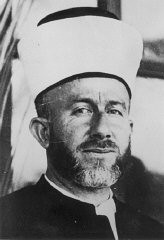
Hajj Amin al-Husayni claimed to speak for the Arab nation and the Muslim world and sought an alliance with the Axis powers during WWII. Learn more about his actions

Former Mufti of Jerusalem Hajj Amin al-Husayni was an exiled political leader who sought an alliance with the Axis Powers. Learn about his wartime propaganda efforts.
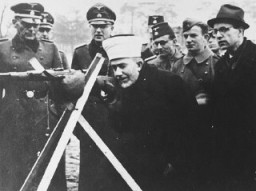
Key dates associated with Hajj Amin al-Husayni, former Mufti of Jerusalem who participated in a pro-Axis coup in Iraq in 1941. Explore further
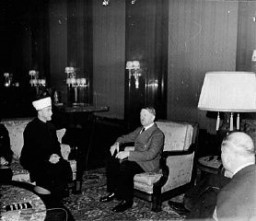
After they rose to power in 1933, Hitler and the Nazis eliminated democratic freedoms and took control of all aspects of public life in Germany. Learn more.
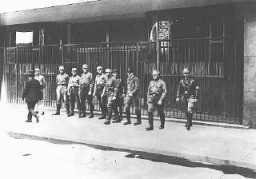
Learn more about the breakdown of freedoms and terror that ensued after the Nazi rise to power in January 1933.
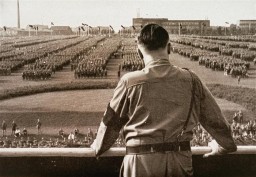
The SS oversaw policing, intelligence, and the camp system in Nazi Germany. Learn more about the Schutzstaffel and its rise to power.
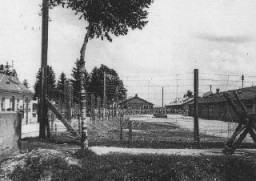
Theories of eugenics shaped many persecutory policies in Nazi Germany. Learn about the radicalization and deadly consequences of these theories and policies
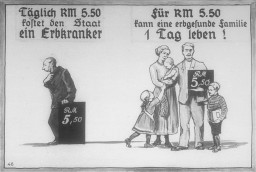
Henri Barbusse was a French author who wrote pacifist and socialist works. In 1933, his writings were burned under the Nazi regime. Learn more.
Vicki Baum was a bestselling author who embraced the ideals of liberation for women. Her works were burned during the Nazi book burnings of 1933. Learn more.
Otto Dix was a German artist who depicted the horrors of war. His art was targeted in the Nazi book burnings and “Degenerate Art” exhibition. Learn more.
Louis Fischer was an American political historian. In May 1933, his work was burned in Nazi Germany for its sympathy toward Communism. Learn more.
Friedrich Wilhelm Förster was an author, educator, and philosopher. In 1933, his works were denounced as subversive and burned in Nazi Germany. Learn more.
Werner Hegemann was a city planner and author. The Nazis opposed his views of American architecture and German historical figures. His book was burned in 1933.
Rudolf Hilferding was a well-known socialist. Also Jewish, he was persecuted by the Nazis and later died in prison. His books were burned in Germany in 1933.
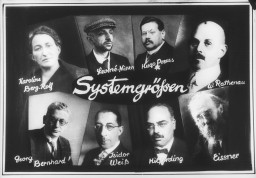
Morris Hillquit was a prominent theoretician of the socialist movement in the United States. His work was burned in the Nazi book burnings of 1933. Learn more.
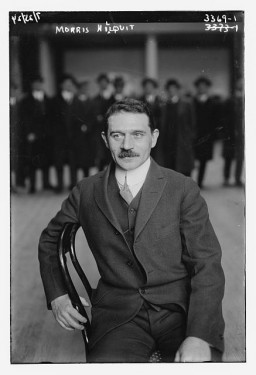
Erich Kästner was a popular political satirist and left-liberal author whose works were burned under the Nazi regime in 1933. Learn more.
Karl Kautsky was a leading Marxist and Socialist theoretician in the Austrian Social Democratic movement. His books were burned in Nazi Germany in 1933. Learn more.
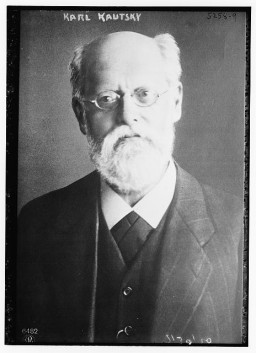
Ferdinand Lassalle was a founder of the German labor movement. Some 70 years after his death, his works were burned in Nazi Germany for their socialist doctrine.
Vladimir Lenin was the leader of the new Soviet government after the Russian Revolution of 1917. His works were burned in Nazi Germany in 1933. Learn more.
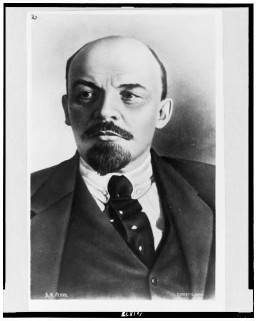
Benjamin Barr Lindsey was an American judge and champion of progressive causes. His works were among those burned under the Nazi regime in 1933. Learn more.
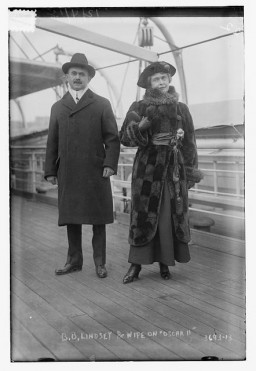
Emil Ludwig was a liberal journalist and popular biographer whose works were burned under the Nazi regime in 1933. Learn more.
Anna Seghers was an influential, antifascist author. Her novel, in which she spoke out against social injustice, was burned in Nazi Germany in 1933. Learn more.
Arnold Zweig was a German novelist and playwright. The Nazis denounced him as a pacifist, and his works were burned in 1933. Learn more.
Theodor Wolff was an influential German journalist and vocal opponent of the Nazis. His work was burned during the Nazi book burnings of 1933. Learn more.
Jakob Wassermann was a popular German Jewish author. After the Nazi rise to power, he was forced to leave Germany. His works were burned in May 1933. Learn more.
Sigrid Undset was a Norwegian author who won the Nobel Prize for Literature. In part because of her criticism of the Nazi regime, her work was burned in 1933.
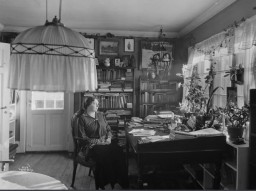
Kurt Tucholsky was a German satirist who criticized the Nazis during their rise to power. In 1933, his works were burned under the Nazi regime. Learn more.
Josef Stalin was the General Secretary of the Soviet Communist Party and the head of the Soviet state. His works were burned in Nazi Germany in 1933. Learn more.
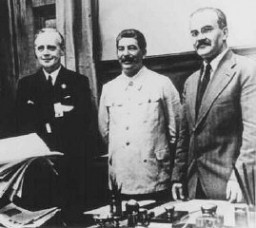
John Reed was a journalist who helped found the Communist US Labor Party. During the 1933 Nazi book burnings, his work was burned for its Communist sympathies.
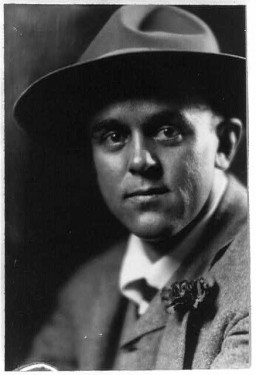
Walther Rathenau was a liberal democratic politician and the first Jew to hold a cabinet post in Germany. His books were burned in Nazi Germany in 1933. Learn more.

Kurt Pinthus was a German Jewish journalist and critic connected to the Expressionistic movement. His works were burned in Nazi Germany in 1933. Learn more.
Carl von Ossietzky was a German journalist, pacifist, and Nobel Peace Prize laureate whose articles were burned under the Nazi regime in 1933. Learn more.
Franz Oppenheimer was a sociologist and economist who expanded on tenets proposed by Karl Marx. Two of his works were burned under the Nazi regime in 1933. Learn more.
Klaus Mann was a German author whose novel “Mephisto” exposed the evil of the Nazi dictatorship. His works were burned in Nazi Germany in May 1933. Learn more.
Learn more about Nazi Germany’s response to the “Jewish question,” an antisemitic idea that the Jewish minority was a problem that needed a solution.
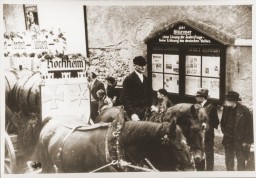
The German Foreign Office played an integral role in Nazi anti-Jewish policies and the Holocaust. Learn more about the office's responsibilities during that time.
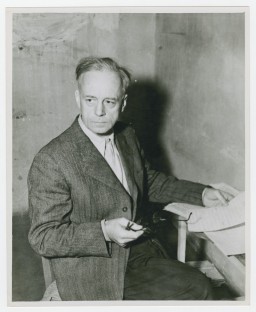
We would like to thank Crown Family Philanthropies, Abe and Ida Cooper Foundation, the Claims Conference, EVZ, and BMF for supporting the ongoing work to create content and resources for the Holocaust Encyclopedia. View the list of donor acknowledgement.